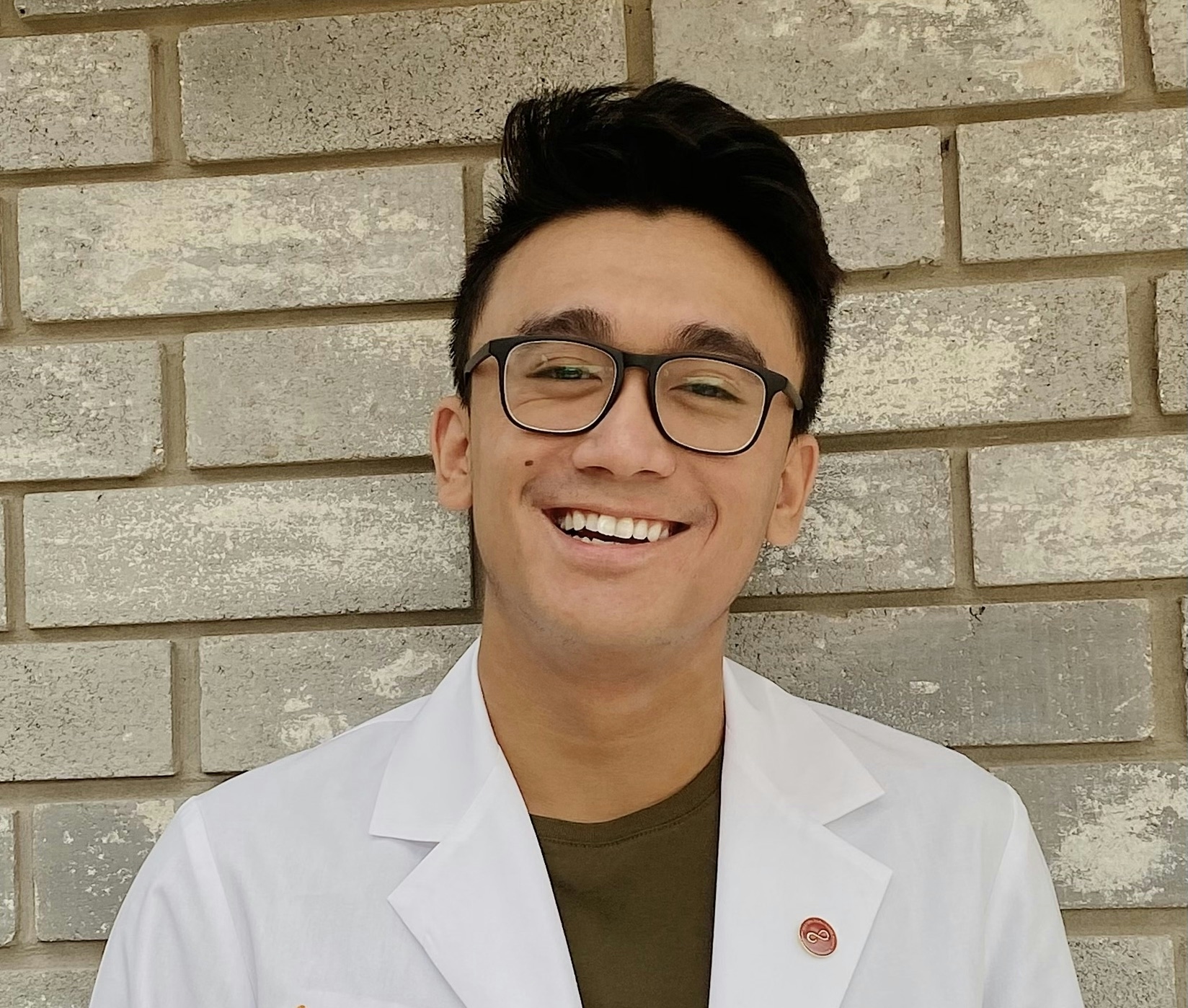What is a dry eye?
Under normal conditions, our eyes are constantly making tears to keep the surface of the eye moist. Although tears are typically considered as a simple, homogeneous substance, we have a complex tear film that keeps our eyes healthy and comfortable, which consists of three distinct layers. Every time we blink, the tear film coats the surface of the eye, which helps to keep them clean and clear. If insufficient amounts of the tear film or its composition is off, dry eyes can occur.[1]
What are the main signs and symptoms of dry eye?
Symptoms of dry eyes include redness or irritation, which is especially evident in the wind, stinging or burning sensation in the eyes, blurred vision, can be especially noticeable when reading, a scratchy or gritty feeling, that feels like sand in the eye, presence of strings of mucus in and around the eyes, pain and discomfort while wearing contact lenses, increased amounts of tears in the eye.
How is dye eye diagnosed?
Dry eye is diagnosed by an ophthalmologist, who will start with an eye exam to look at the eyelids and surface of the eye. Ophthalmologists may perform different tests to diagnose dry eyes including the following:
- Examine amount of tears that your eyes make
- Determine how long it takes tears to dry up
- Examine eyelid structure
What are some of the main medical treatments for dry eye?
Artificial tears are one treatment for dry eyes, which are available without a prescription and can be administered multiple times per day.
Prescription eye drop medications may also be recommended to help the eyes make more of their own tears.
Newer treatments are also available (or are being developed) that specifically target the underlying causes of dry eyes.[2]
Blocking tear ducts is another treatment that may be recommended by an ophthalmologist.
Have any supplements been studied for dry eye?
Pycnogenol, a patented formulation of pine bark extract, has shown promise for alleviating dry eyes in patients with Sjogren’s disease, a common autoimmune condition in women that causes dry eyes and dry mouth. The mechanism of action isn’t clear but may be due to the anti-inflammatory effects of pycnogenol.
Fish oil and omega 3 fatty acids have also shown some promise for providing relief to dry eyes with one study showing a 17% lower risk of dry eye compared to a placebo.[3] As with pycnogenol, the mechanism of action is not well understood, but likely involves the anti-inflammatory activity of omega-3 fats.
How could diet affect dry eye?
Good nutrition helps to keep the eye healthy overall and may reduce the risk of eye diseases such as dry eye. Overall, getting plenty of leafy green vegetables along with yellow, orange, and other colorful fruits and vegetables will help to keep the eyes healthy.[4]
Dietary patterns that are good for the heart may also be good for the eyes, since the eyes rely on tiny arteries to deliver oxygen and nutrients. As with the heart, keeping blood vessels healthy will help to keep the eyes healthy.
Are there any other treatments for dry eye?
The most common non-medical treatments for dry eye, such as artificial tears and lubricating eye drops are available over the counter, without a prescription. Although this is a good place to start if you have infrequent issues with dry eyes, it is important to see a doctor if symptoms persist or become worse.
What causes dry eye?
Hormonal changes during aging can be a cause of dry eye. Although both men and women can get dry eye, it tends to be more common in women, especially after menopause. There are many other causes of dry eye, which including autoimmune diseases such as rheumatoid arthritis, Sjogren's syndrome, and lupus, thyroid disease, smoke exposure, wind exposure, or being in a dry climate, prolonged activities that reduce blinking such as working at a computer screen for long periods of time, or reading, wearing contact lenses for an extended period of time, refractive eye surgery such as LASIK.
Additionally, medications that can cause dry eyes include diuretics, beta-blockers, antihistamines, sleeping pills, medications for anxiety or depression, and heartburn medications.[2]
Examine Database: Dry Eye
Research FeedRead all studies
In this randomized controlled trial in participants with dry eye, daily supplementation with omega−3 fatty acids or grape-seed oil were equally effective for improving dry eye symptoms.
Frequently asked questions
Under normal conditions, our eyes are constantly making tears to keep the surface of the eye moist. Although tears are typically considered as a simple, homogeneous substance, we have a complex tear film that keeps our eyes healthy and comfortable, which consists of three distinct layers. Every time we blink, the tear film coats the surface of the eye, which helps to keep them clean and clear. If insufficient amounts of the tear film or its composition is off, dry eyes can occur.[1]
Most of us experience tears as a wet, salty substance that helps to keep the eyes moist. Rather than being a homogenous solution, tears are actually more complex, consisting of multiple layers, each serving a specific purpose.
The tear film consists of three distinct layers:
Oily layer: The oily layer is produced by the meibomian glands and makes up the outermost layer of the tear film. It helps to make the tear surface smooth and keeps them from drying too fast.
Watery layer: The watery layer is in the middle of the tear film and is produced by the lacrimal glands, located in the eye lids. This layer functions to clean the eye, washing away foreign particles.
Mucus layer: The mucus layer is the innermost layer of the tear film and is made in the conjunctiva —the clear tissue covering the white part of the eye and inside of the eyelids. This layer functions to help spread the watery layer over the surface of the eye and keep the eyes moist. Without the mucus layer, tears would not stick to the surface of the eye.
Symptoms of dry eyes include redness or irritation, which is especially evident in the wind, stinging or burning sensation in the eyes, blurred vision, can be especially noticeable when reading, a scratchy or gritty feeling, that feels like sand in the eye, presence of strings of mucus in and around the eyes, pain and discomfort while wearing contact lenses, increased amounts of tears in the eye.
Dry eye is diagnosed by an ophthalmologist, who will start with an eye exam to look at the eyelids and surface of the eye. Ophthalmologists may perform different tests to diagnose dry eyes including the following:
- Examine amount of tears that your eyes make
- Determine how long it takes tears to dry up
- Examine eyelid structure
Artificial tears are one treatment for dry eyes, which are available without a prescription and can be administered multiple times per day.
Prescription eye drop medications may also be recommended to help the eyes make more of their own tears.
Newer treatments are also available (or are being developed) that specifically target the underlying causes of dry eyes.[2]
Blocking tear ducts is another treatment that may be recommended by an ophthalmologist.
Since tear ducts are part of the tear drainage system, blocking them may help to keep more tears in the eye. Tear ducts are blocked with small silicone or gel plugs (punctal plugs) that are inserted into tear ducts.[5]
Pycnogenol, a patented formulation of pine bark extract, has shown promise for alleviating dry eyes in patients with Sjogren’s disease, a common autoimmune condition in women that causes dry eyes and dry mouth. The mechanism of action isn’t clear but may be due to the anti-inflammatory effects of pycnogenol.
Fish oil and omega 3 fatty acids have also shown some promise for providing relief to dry eyes with one study showing a 17% lower risk of dry eye compared to a placebo.[3] As with pycnogenol, the mechanism of action is not well understood, but likely involves the anti-inflammatory activity of omega-3 fats.
Good nutrition helps to keep the eye healthy overall and may reduce the risk of eye diseases such as dry eye. Overall, getting plenty of leafy green vegetables along with yellow, orange, and other colorful fruits and vegetables will help to keep the eyes healthy.[4]
Dietary patterns that are good for the heart may also be good for the eyes, since the eyes rely on tiny arteries to deliver oxygen and nutrients. As with the heart, keeping blood vessels healthy will help to keep the eyes healthy.
Since caffeine is a diuretic (causes the body to lose water by expelling more fluid through the urine), it has been investigated as a potential cause of dry eyes. A couple of large, population-based cohort studies found no association between caffeine intake and dry eyes.[6][7] Moreover, an RCT in healthy individuals without dry eyes found that caffeine ingestion caused a significant intake in tear production, suggesting [8] that it may actually have the opposite effect.
The most common non-medical treatments for dry eye, such as artificial tears and lubricating eye drops are available over the counter, without a prescription. Although this is a good place to start if you have infrequent issues with dry eyes, it is important to see a doctor if symptoms persist or become worse.
Hormonal changes during aging can be a cause of dry eye. Although both men and women can get dry eye, it tends to be more common in women, especially after menopause. There are many other causes of dry eye, which including autoimmune diseases such as rheumatoid arthritis, Sjogren's syndrome, and lupus, thyroid disease, smoke exposure, wind exposure, or being in a dry climate, prolonged activities that reduce blinking such as working at a computer screen for long periods of time, or reading, wearing contact lenses for an extended period of time, refractive eye surgery such as LASIK.
Additionally, medications that can cause dry eyes include diuretics, beta-blockers, antihistamines, sleeping pills, medications for anxiety or depression, and heartburn medications.[2]
Preservatives are often added to eye drops to maintain sterility. One of the most common preservatives used in eyedrops is benzalkonium chloride (BAK).
Both in vitro studies and animal studies have found BAK to be toxic to the cornea and that it may exacerbate dry eyes.[9] Additionally, a cross-sectional study of adults with glaucoma found that using BAK-preserved travoprost was correlated with ocular surface disease and decreased quality of life.[10] It’s also not uncommon for people using eye drops to treat glaucoma to experience redness, burning, or irritation after using BAK-preserved eye drops.
On the other hand, a 2019 meta-analysis found that compared to preservative-free or alternative preservative eye drops, using BAK-preserved eye drops resulted in no significant differences in intraocular pressure, conjunctive hyperemia, ocular hyperemia, total ocular adverse events, or tear break-up time in people with glaucoma.[11]
In light of these mixed findings, it’s important to consider context and population when assessing the effects of BAK-preserved eye drops. Most of the research on BAK-preserved eye drops has been studied in people with glaucoma, so it may not be applicable to people with dry eye or other eye conditions.
When treating a specific condition like glaucoma or dry eye, it’s vital to weigh the risks and benefits of using BAK-preserved eye drops. If an individual is not experiencing any adverse effects, the benefits of continuing to use BAK-preserved eye drops may outweigh any potential risks.
Ultimately, if BAK-preserved eye drops cause irritation or exacerbate any symptoms, it may be wise to consider other options, such as preservative-free eye drops. However, this decision must be specific to the individual and done with the help of a qualified healthcare provider.
Update History
Small FAQ update
Written By
Edited By
Reviewed By
References
- ^The content of this page was partially adapted from MedlinePlus of the National Library of Medicine
- ^Improved Dry Eye Drugs for 2022 and Beyond, The American Academy of ophthalmology (AAO) updated Nov 4, 2021
- ^Biljana Miljanović, Komal A Trivedi, M Reza Dana, Jeffery P Gilbard, Julie E Buring, Debra A SchaumbergRelation between dietary n-3 and n-6 fatty acids and clinically diagnosed dry eye syndrome in womenAm J Clin Nutr.(2005 Oct)
- ^36 Fabulous Foods to Boost Eye Health, The American Academy of ophthalmology (AAO) updated Jan 10, 2020
- ^Punctal-plugsAmerican Academy of Ophthalmology (2022, March 8) Punctal plugs. Www.Aao.Org. Retrieved July 7, 2022.
- ^Jeong KJ, Choi JG, Park EJ, Kim HE, Yoo SM, Park SGRelationship between Dry Eye Syndrome and Frequency of Coffee Consumption in Korean Adults: Korea National Health and Nutrition Examination Survey V, 2010-2012.Korean J Fam Med.(2018-Sep)
- ^Magno MS, Utheim TP, Morthen MK, Snieder H, Jansonius NM, Hammond CJ, Vehof JThe Relationship Between Caffeine Intake and Dry Eye Disease.Cornea.(2022-Jan-26)
- ^Osei KA, Ovenseri-Ogbomo G, Kyei S, Ntodie MThe effect of caffeine on tear secretion.Optom Vis Sci.(2014-Feb)
- ^Goldstein MH, Silva FQ, Blender N, Tran T, Vantipalli SOcular benzalkonium chloride exposure: problems and solutions.Eye (Lond).(2022-Feb)
- ^Kumar S, Singh T, Ichhpujani P, Vohra S, Thakur SCorrelation of Ocular Surface Disease and Quality of Life in Indian Glaucoma Patients: BAC-preserved versus BAC-free Travoprost.Turk J Ophthalmol.(2020-Apr-29)
- ^Hedengran A, Steensberg AT, Virgili G, Azuara-Blanco A, Kolko MEfficacy and safety evaluation of benzalkonium chloride preserved eye-drops compared with alternatively preserved and preservative-free eye-drops in the treatment of glaucoma: a systematic review and meta-analysis.Br J Ophthalmol.(2020-Nov)
Examine Database References
- Dry Eye Symptoms - Yun-Jung Yang, Won-Young Lee, Young-Jin Kim, Yeon-Pyo HongA Meta-Analysis of the Efficacy of Hyaluronic Acid Eye Drops for the Treatment of Dry Eye SyndromeInt J Environ Res Public Health.(2021 Mar 1)
- Dry Eye Symptoms - Larmo PS, Järvinen RL, Setälä NL, Yang B, Viitanen MH, Engblom JR, Tahvonen RL, Kallio HPOral sea buckthorn oil attenuates tear film osmolarity and symptoms in individuals with dry eyeJ Nutr.(2010 Aug)
- Dry Eye Symptoms - Matsuo T, Tsuchida Y, Morimoto NTrehalose eye drops in the treatment of dry eye syndromeOphthalmology.(2002 Nov)
- Dry Eye Symptoms - Matsuo TTrehalose versus hyaluronan or cellulose in eyedrops for the treatment of dry eyeJpn J Ophthalmol.(2004 Jul-Aug)









